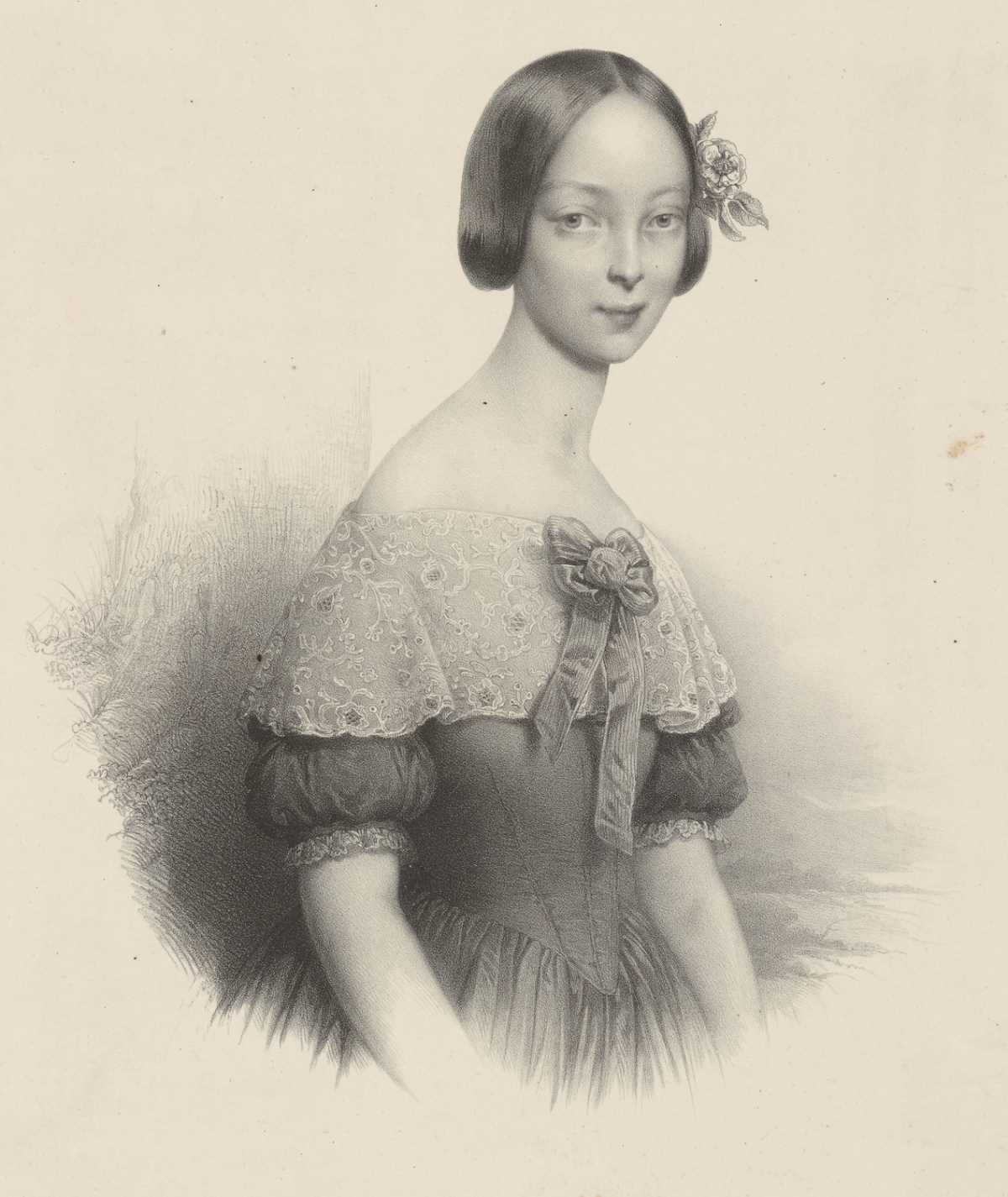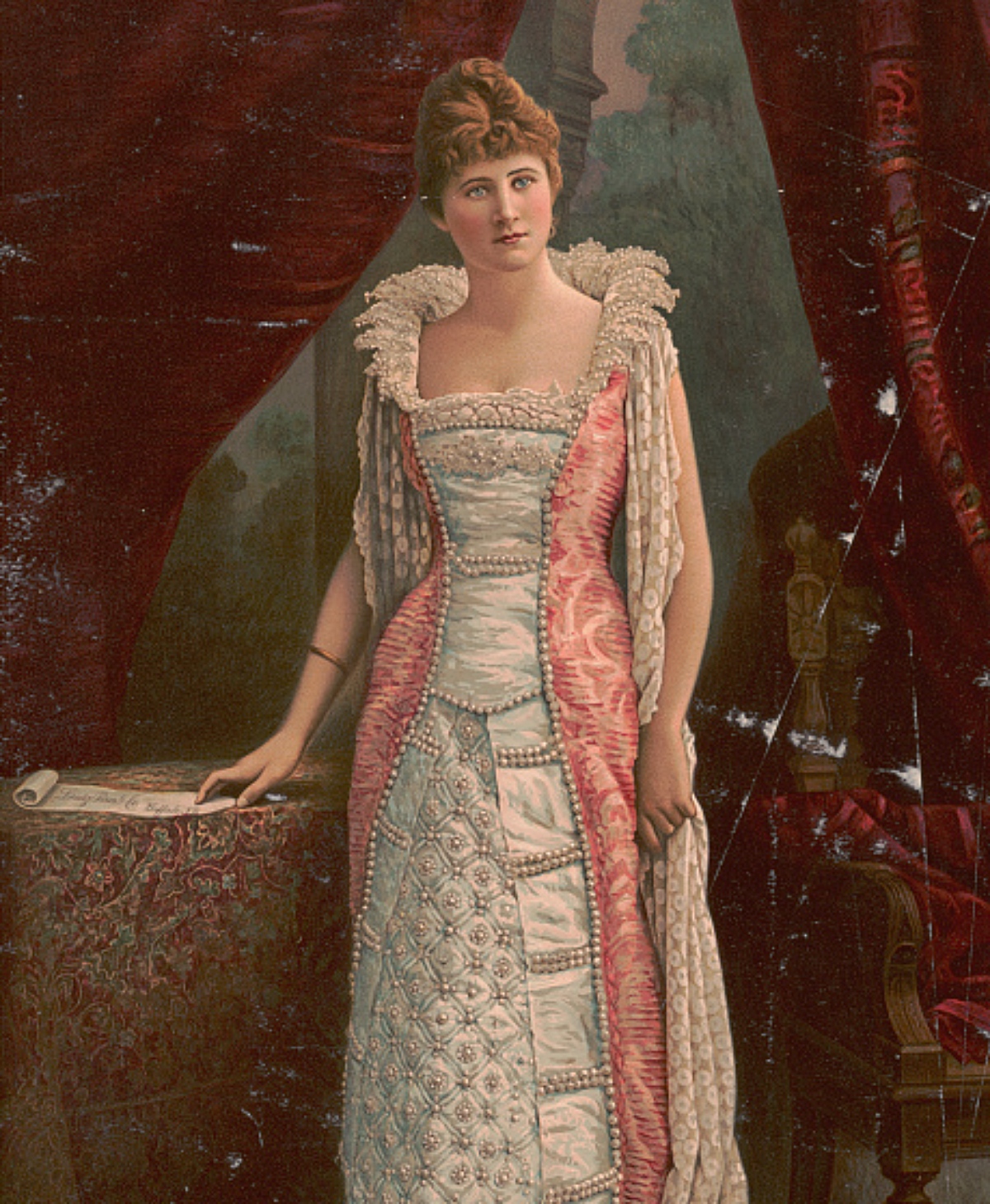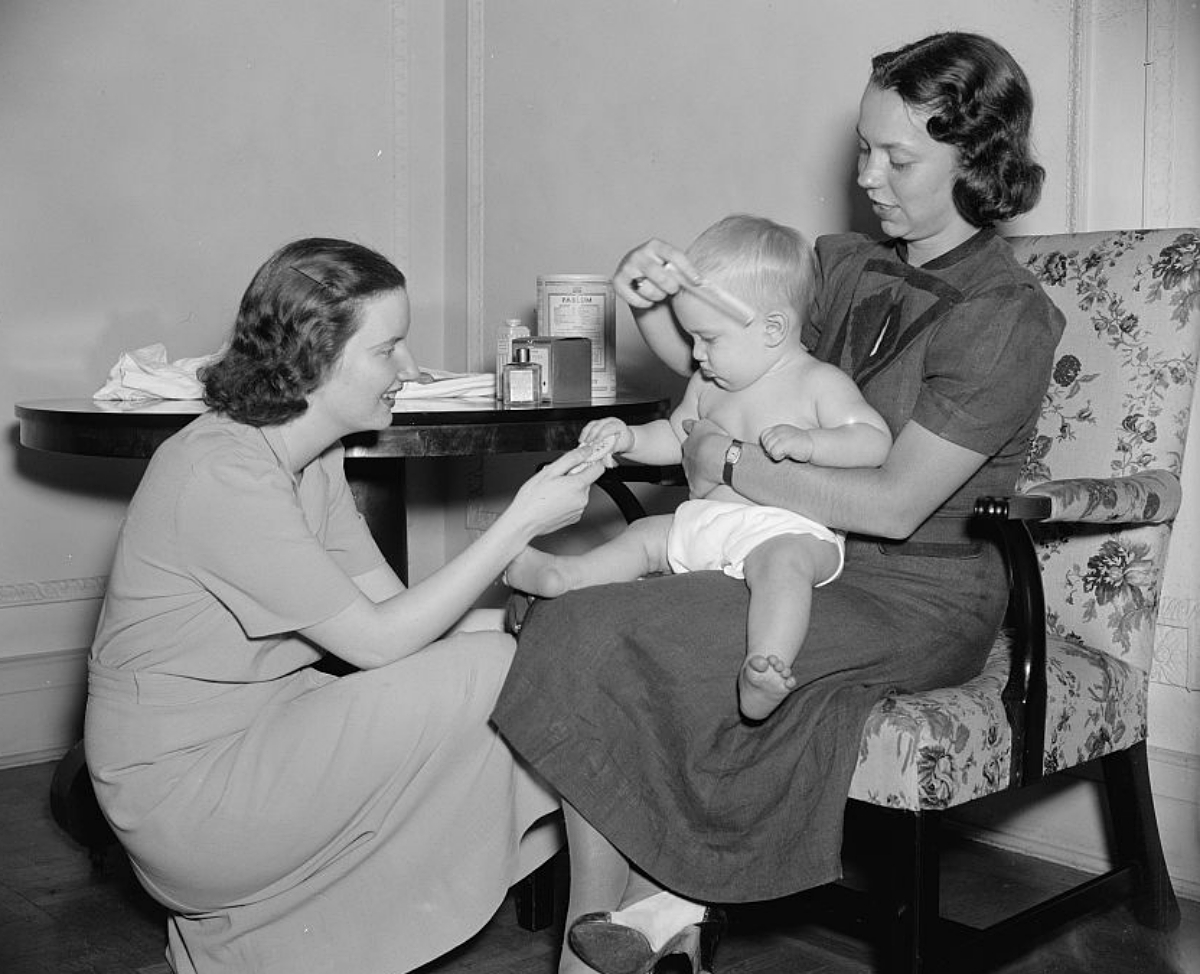The Fun and Fabulous Ladies’ Hairstyles of the Past 2 Centuries
We have a lot more choice these days.
Women’s hairstyles have changed so much over the past 50 years, but if we look back to 200 years ago it’s interesting to see just how many trends have come back around. From false hair falls to pixie cuts see just how the fashions have come and gone for ladies’ hairstyles.

1800s
When we think of the 1800s much of the time we think about the Victorian era which dominated the century with some very distinguished hairstyles. But, before that era women were experimenting with some fashions that were groundbreaking at the time.

Following the French Revolution a fashion developed for women to have short, messy pixie cuts. Often the longer hairs were kept framing the face and could be curled. The style is thought to have originated from when Marie Antoinette appeared for her execution in a plain white dress and badly shorn hair.
By the early 1800s this style was found across Europe and was sometimes called the Titus haircut. This style was also very popular for men as well, marking one of the few times in history that a specific haircut crossed gender lines in the name of fashion. Women who didn’t want to cut their locks often styled their hair to look as if it were shorter than it was.
1810s
Following the short hair trend many women kept the curled or even messy face-framing layers in the front and kept the back longer. Often the hair was styled in a bun or an upswept braid and secured with a scarf, shawl, turban, or ribbon to further accentuate the hair.

As was the was case for many women, the working class ladies often wore bonnets instead of the more delicate items mentioned above.
1820s
The 1810s-1830s also saw a number of very interesting hairstyles for women of means. Elaborate loops, fans, curls, waves, and a trident-like shape were seen on women who really wanted to make their mark.

With so many complicated elements these styles often required lots of beauty aids as well as servants to accomplish. By today’s standards they might remind us something out of a cartoon, but at the time this was an opulent display of wealth and style.
1830s
During the 1830s Western women begin to take on the more strict look that would dominate the Victorian era. A center parting with a slicked down look was accentuated with sections of the hair in front of the ears in braids, loops, or curls.

The back was often a bun or braided bun and was tightly held in place. Messy buns or loose updos during this era would not have been considered fashionable.
1840s
Queen Victoria came to power in 1837 as a young woman and as such embraced the fashions of the day, including the center parting and smoothed down hair kept in a bun. There exist some paintings of her with her hair down, painted only as keepsakes for her husband, Prince Consort Albert, as having one’s hair down during this time was considered too salacious for mixed company or even one’s own children in many cases.

Like the 1830s the trend often included braids, but could vary into some slightly more teased or bouffant-esque side features depending on the desired effect.
1850s
During this decade the center parting was style popular, as was the bun in the back. Some more elaborate decorations were added as well as some volume and this made for a more complex look.

The above photograph shows the sections in front of the ear with more volume, but with an elaborate systems of braids that goes around them and then trails off to one side.
1860s
More complicated styles emerged from the Victorian center part styles, including some that had Y-parts or side parts. Twists, braids, and hair switches were often added as adornment.

For the first time in a while women began to build up the hair a bit more – something that many styles of the previous decades didn’t allow for.
1870s
Though many women would never have worn their long hair all the way down, for formal occasions some women did wear a partial up do with curls exposed at the back. Some styles relied on rows of curls, however the center part remained another popular choice.

1880s
For the first time since the 1830s women of the 1880s started to build upwards in height on their hairstyles instead of building out the back. Conical, bulbous, or more domed configurations were en vogue during this decade.

Short bangs, curled, could also be added to the look to soften the elongated look of these new styles.
1890s
In the years leading up to the end of the 19th century women’s hairstyles were increasing in volume. An allover boost to height was used, but more commonly women wore their hair with curled or fluffy bangs.

The back could be braided or in a bun and for evenings some contrived curls could be let down between the shoulders.
1900
Charles Dana Gibson became famous for his glamorous, yet scathing, depictions of the modern women in the early 1900s. These upright ladies were often depicted with sleepy eyes, an upturned chin, and huge hair that circled their heads in the most stylish of ways.

While many women struggled to gain the height and loft depicted by Gibson and his so-called Gibson girls, the use of curled hair and false hair were employed to great effect in creating these larger-than-life hairstyles.
1910s
As the flapper era approached women were in transition from the huge, Gibson girl hairstyles of the 1900s and the shorter hair to come. Many women, as had been done around 1800, chose to style their hair in ways that made it seem as though they could have short hair.

Lots of curls or waves around the face and a nondescript bun were hallmarks of this style.
1920s
Clara Bow captivated audiences as the it girl after starring in the 1927 film, It, with her bobbed, black hair with sleek bangs. The trend for shorter hair had been brewing for some time and throughout the 1920s women had been pinning their hair in faux bob styles. But, for the first time since 1800 women were cutting their hair short.

Both the straight and the curly styles were worn with the Marcel wave being the most fashionable silhouette of the era.
1930s
Many women in the 1930s chose to keep their around chin length, often held into place with a barrette or a pin. Women who had the time would set their hair into waves that were close to the head, usually with less curl at the top.

So many families during this era were struggling financially meaning that pins, hair accessories, and even mirrors were sometimes in demand. It was not uncommon to see women with uncurled hair during this period as well, but many still had the short and fashionable length.
1940s
The Second World World brought about huge changes in the world. While many women went to work in factories making parachutes, munitions, and aircraft their hair was sometimes kept short or held in place with bandanas or snoods. But, while off-duty women enjoyed big hats, big shoulder pads, and of course, big hair to match.

Voluminous hairstyles with lots of volume at the front were popularized by singers and actresses who made the styles seem effortless like Betty Grable and Lauren Bacall. In reality these looks took the proper set and maintenance to keep in check. Bumper bangs, the victory roll, and the s-wave were all very popular during this decade.
1950s
Movie stars like Marilyn Monroe and Elizabeth Taylor set the nation to embracing shorter hairstyles for women. The perfectly cropped and curled hairdos were easy to maintain styles and had the added benefit of being less fussy. These hairdos were considered by many to be very sultry.

Unlike other eras when short hair for women was seen as a very youthful look, in the 1950s many people found this look to be very womanly and a sign of being grown up. For example, many younger teens wore ponytails during this time to set them apart from their older counterparts.
1960s
The bouffant and the flip were 2 hairstyles that often went hand-in-hand during the 1960s. The decade was punctuated at the beginning with the shorter styles of the decade previous and at the end with the longer styles of the hippie movement. But, for a time the look below was the iconic style of the era.

Larger rollers and a lot of hair product were the tools used to achieve this look. The top was usually uncurled and a heavy dose of backcombing was needed to achieve the height needed for this style. Jacqueline Kennedy and Doris Day were two celebrities of the decade that made this hairdo popular for women of various ages.
1970s
During the early part of the decade the Cher style of long and straight hair parted in the middle was popular. But, towards the end of the decade stars like Farah Fawcett and Dorothy Hamill brought the feathered hairstyle and the bowl cut into fashion, respectively.

A popular look was to combine elements of both for a unique style that became emblematic of the era.
1980s
Feathered bangs, permed or curled hair, and big height were trademarks of 1980s hair. The bigger the better when it came to these trends and copious amounts of hairspray helped to keep everything in place.

There was also a trend for crimped and bleached hair, with frizzy or damaged looks popularized by metal bands of the era and adopted by young women.
1990s
The “Rachel” dominated the middle of the decade as the innovative haircut given to actress, Jennifer Aniston, for Friends became popular. The style was straight with just a slight curl in towards the face at the ends. Over successive seasons her hairstyle became longer and less dramatic. Go to any stylist today and ask for the Rachel and they’ll probably know exactly what you mean.
Everything ’90s is having another moment right now, but more modern takes on this hairstyle will often include side swept bangs for a look that isn’t quite as dated.
2000s
Stars of the early 2000s like Paris Hilton, Jennifer Lopez, and Avril Lavine were sporting straight hair with uneven or blunt layers at the front. The look was stick straight and any life came from those layers, not from curl or shape.

Towards the end of the decade some curl began to come into the world of hair styling, as seen on Kim Kardashian – among other celebrities.
2010s-Now
Soft waves, elaborate braids, and balayage are some of the styles that have dominated the hair scene in recent years. Fantasy TV shows and aesthetic movements like cottagecore have brought more elaborate styles into fashion again.

While these trends are still going strong, the current preference of many women is to have straight hair and a center part as the side parts are considered a bit too old-fashioned these days. But, if history has shown us anything it’s that any fashion will eventually, in one form or another, come right back around.
SKM: below-content placeholderWhizzco for DOT

